
The year after my advanced open water course I decided I wanted to see another Caribbean island. The Dominican republic. Of course I also wanted a nice diving school, so I could do the next course in scuba diving.
I found out they had a diving instructor who also spoke Dutch, my own language, at Northern Coast Divers in Sosua. So I booked a nice hotel, Casa Marina Beach in Sosua, near that diving school.
First booked some trips around the island, what was very nice and relaxing. Had a few relaxing days on the beach and after that I decided to go do the intense course Padi Rescue Diver, what comes with the Emergency responder CPR/First aid course. Very intense, but also very nice to learn. I think that’s the most fun course of all. Especially with the guys and girls from Northern Coast Diving. They’re a bunch of fun people.
The diving isn’t the most beautiful I have seen so far, but not bad at all. Absolutely worth to go dive there when you enjoy a great vacation in Sosua, on that beautiful Dominican Republic island.
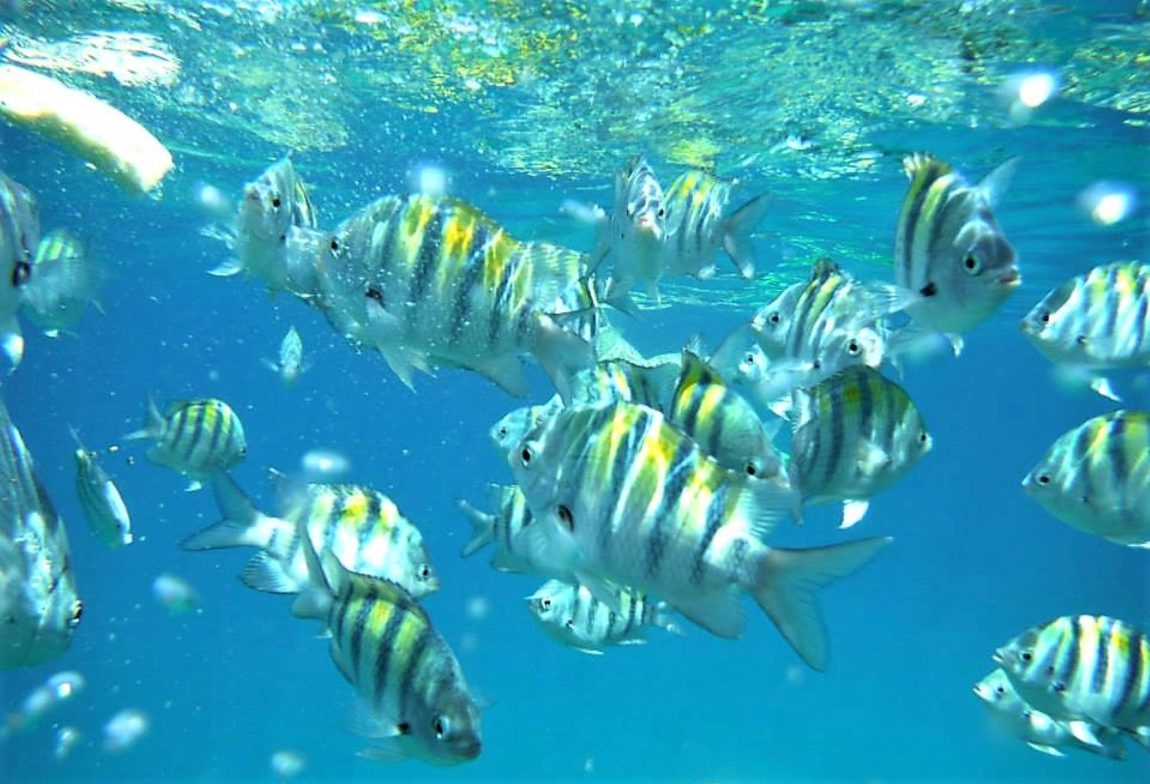
Many scuba divers describe the PADI Rescue Diver course as the most challenging PADI course they have completed.
Yet, at the same time they also describe the PADI Rescue diver course as the most rewarding and fun course too.
Unlike the PADI Divemaster course, the PADI Rescue course does not have a minimum dive experience required to start. The more comfortable you are in the water, the more comfortable you will be with the added responsibility of training to become, and ultimately being a PADI Rescue Diver.
PADI Rescue Diver Course Schedule
Day 1
EFR course (If required)
Day 2
Morning: Knowledge development
Afternoon: Confined water training (pool / off beach)
Day 3
Morning: Knowledge development
Afternoon: Open water skill training on a dive boat
Day 4
Morning: EAP & Rescue Diver Exam
Afternoon: Open water training & Rescue scenarios
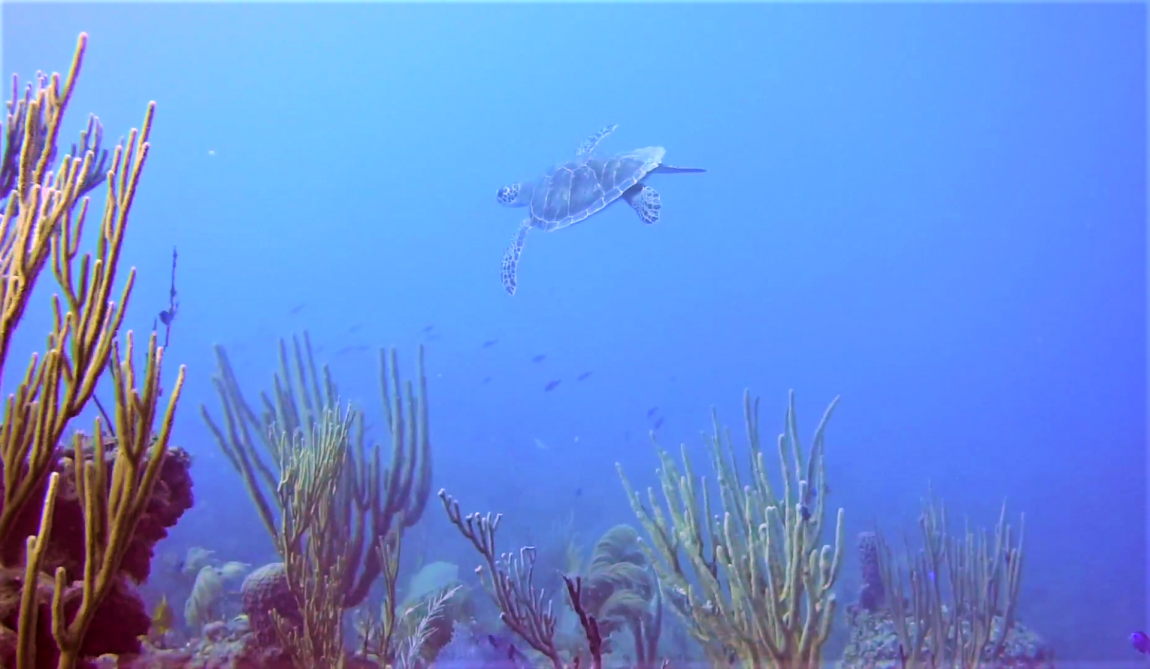
To begin with, your Instructor will conduct a course orientation. Starting with some introductions before informing you of the course schedule and asking you to complete some paperwork including the PADI Medical Statement.
You will be required to complete an Emergency Assistance Plan and the multiple choice Rescue diver exam. Knowledge development sessions are scheduled during the morning sessions of the first two days and the EAP & Final exam is completed during the final morning session of day 3.
The PADI philosophy for the revamped PADI Rescue Diver course was to introduce new skills first in confined water, ideally in a swimming pool.
You will start with a ‘Self Rescue review’ focusing on stress situations a diver may experience and how they can help themselves. Then your instructor will introduce the following exercises, initially via an Instructor led demonstration before allowing you practice time.
- Tired diver
- Panicked Diver
- Response from shore to a responsive but stressed diver
- Distressed Diver underwater
- Surfacing an unresponsive diver
- Dealing with an unconscious diver on the surface
- In water rescue breathing techniques
- Exiting an unresponsive diver from pool and shore
- Response from shore to unresponsive diver
Open Water Training
The afternoon sessions on Day 2 & 3 of the PADI Rescue Diver course are scheduled out on a dive boat. You will be asked to repeat the skills mastered in confined water the previous afternoon.
After that you will do some additional skills, like:
- Underwater search patterns using a compass
- Missing diver procedures
- Response form a boat to a responsive but distressed diver
- Exiting an unresponsive diver from ocean onto boat
- First Aid for Pressure related injuries and Oxygen Administration
- Response from boat to unresponsive diver on the surface
- In water rescue breathing techniques
- Exiting an unresponsive diver from pool and shore
- Response from shore to unresponsive diver
Rescue Scenarios
Once all Rescue exercises and performance requirements have been met the final test before being certified as a PADI Rescue Diver is to the PADI Rescue Scenarios. These are conducted off a dive boat, at an open water dive site and are set up to be as realistic as possible. All the training of the previous 3 days will be put together.
Scenario 1 – Unresponsive Diver Underwater
Search for and locate a missing diver during an accident simulation bringing a diver simulating unresponsiveness to the surface using controlled positive buoyancy
Scenario 2 – Unresponsive Diver at the Surface
Effectively respond to an unresponsive, non breathing diver during an accident simulation. Includes in water rescue breathing, removing equipment, exiting and providing CPR.
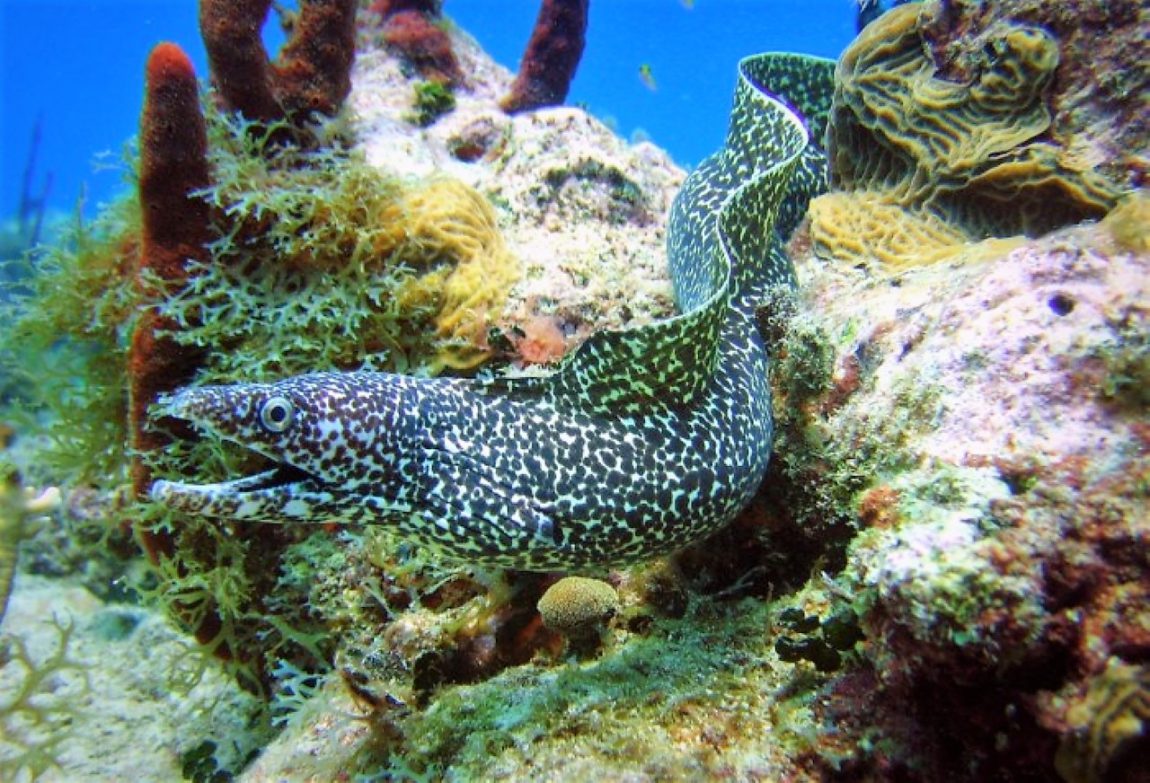
Dive site: Sosua
Location: Dominican Republic
Type of dive: Wall, wrack, reef
Maximum depth: 40 m
Level: beginner to advanced
Water temperature: 27 – 29° C
When to go: You can dive here year-round, but the best time is from December to April, with top conditions in February and March. In May, June, September and November there’s some more rain than average , so the visibility can be a little less than perfect.
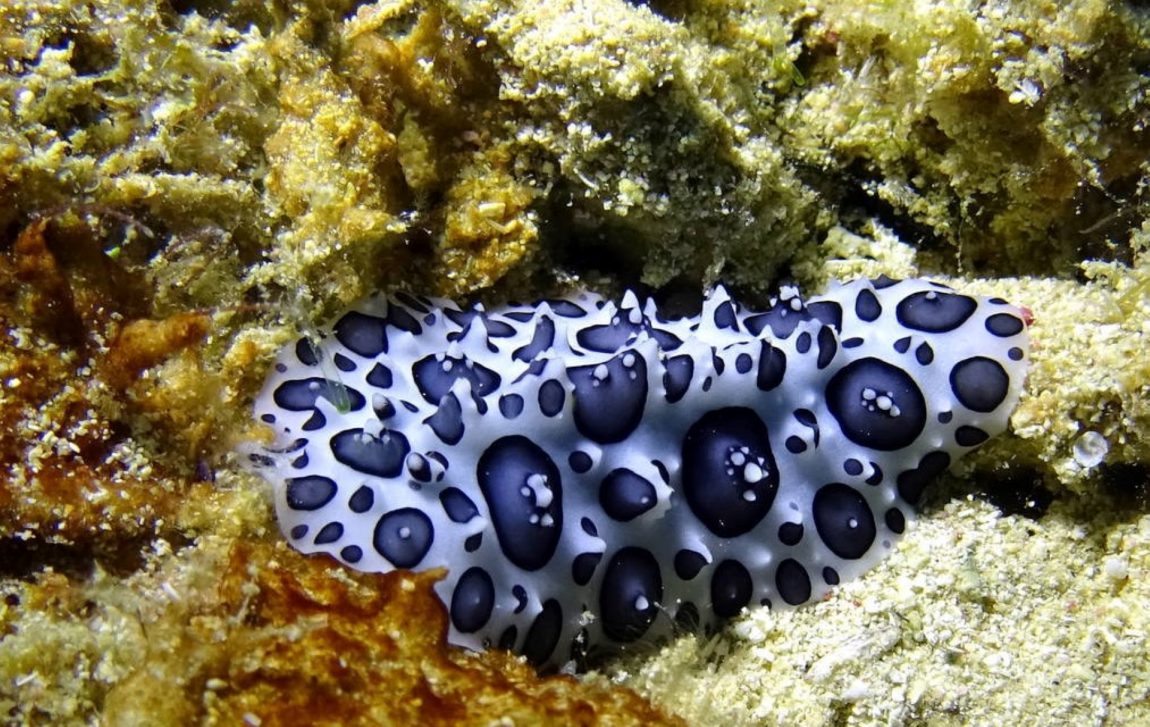
Dive Sites in and around Sosua
3 Rocks & Coral Gardens. Max depth 18m/60ft
These 2 dive sites really have it all. An abundance of marine life and as interesting for complete novice divers as well as the seasoned pros. 3 Rocks is the perfect place for Discover Scuba Divers, starting off in 3m/10ft with a nice sandy bottom sloping down to 9m/30ft. The friendly sergeant majors, blue tangs & yellow tail snappers will come to greet you as you enter the water. This site is the home to the coral nurseries of the Sosua Bay Rejuvenation Project. Take a look at the staghorn cuttings growing on the rope structures. As we leave the deeper side of the 3 Rocks and head slowly down into the Coral Gardens we pass over thousands of garden eels. Watch as they duck back into their holes as you glide over the top of them. In the Coral Gardens itself you will find beautiful patches of corals inhabited by sea fans, whips & sponges. Look out for the goat fish feeding in the sand and pay special attention to all those nooks and crannies it’s not uncommon to see giant green moray eels hiding in the dark.
Mini Wall/Deep Wall. Max depth 33m/110ft
Whether you start at the deep line in 14m/35ft or the shallow lines in front of Playa Alecia this dive site is a real gem. Hundreds off see fans line the top of the reef. Hang out at the top of the wall and glaze down into the depths. If your an advanced diver then lets head down some deeper and then take a look up and watch as the sunlight shimmers at the surface. We have regularly been seeing sea turtles and it’s a favorite site to find tiny seahorses. A must do dive which is accessible for divers with open water certifications and above.
West Wall and La Puntilla. Max depth 20m/65ft
These two dive sites are just a 30 second boat ride from the beach and can be dived in a variety of different ways. Who would know that you would find such a variety of marine life this close to shore. Starting in 5m/15ft and going down to 20m/60ft these dive sites are home to 3 sunken cannons from an old galleon and the reef dome structures installed by the Sosua Bay Rejuvenation Project. Expect to see grunts, wrasse and snapper just hanging out at the top of the wall. As we head over the top of the wall and a little deeper take a look under the overhangs to find giant spiny arrow crabs and moray eels. This is another great site for finding seahorses so pay attention they are not so easy to find.
Canyon. Max depth 18m/60ft
At the left side of Sosua Bay we will find the Canyon. A sandy bottom with a huge rock pinnacle is based inside of the reef. Glide around Rob’s Rock and watch as schools of fish swim around you. A perfect site for those photography enthusiasts with a max depth of 9m/30ft inside the wall and plenty of light for those great pictures. As we head away from the inner reef you will start to understand why the dive site got it’s name. Pass in between a split in the reef and start heading down to 18m/60ft. Watch as the french grunts start to move away and the ocean opens up. It’s then our choice as whether we follow the wall towards the cliffs of Los Charamicos or take the opposite direction and look out for the wreck of the little fishing boat the Miguelina.
Airport Wall & Elephante. Max depth 26m/85ft
Sosua’s best and one of the most renowned dive sites in the Dominican Republic. This is without a doubt one of the best wall dives in the DR, with multiple points of entry, tunnels, swim troughs and a truly stunning bottom topography. The wall can be as shallow as 5m/15ft and drops down to 26m/85ft plus. With so many places to explore along this wall we could dive it over and over and still not get tired of the scenery. The Airport is best dived in the mornings when ocean conditions are at their optimum with minimal waves and wind.
Pyramids & Palmeras. Max depth 18m/60ft
On the same side of Sosua Bay as the Airport Wall we can find two separate dive sites. Palmeras is home to a number of swim troughs and Pyramids has a number of intriguing rock formations. These dive sites are suitable for PADI Open Water Divers and above. Both are only a short boat ride from shore and are easily frequented. If we drop into Las Palmeras then we will head west in the direction of Puerto Plata Airport where after a long leisurely drift dive we will meet up with the end of the Pyramids. The Pyramids itself starts in a tiny bay with a huge boulder perched on the side of the cliffs. Meander down into just 5m/15ft of water and lets start our dive. But be careful of those black spiny sea urchins.

Ray Point/Chiquita Reef. Max depth 40m/130ft
The wall starts at 20m/65ft and then the sheer drop goes well beyond the recreational dive limits. Glide along the wall and look out into the depths in the hope of seeing Spotted Eagle Rays passing by. This dive site is situated in front of Playa Chiquita and really is a must for those advanced divers. Fan corals, huge overhangs, grunts, wrasse and yellow stingrays populated this reef. I was even lucky enough that i encountered a whole pod of dolphins here.
The Zingara. Max depth 36m/118ft
Salvaged from Puerto Plata 20 years ago and sank here specially for diving this 30m/100ft long old cargo freighter, that used to transport coffee and fruit around the Caribbean, is covered in corals and home to an array of differing fish. It sits in 36m/118ft of water and is a definitely for the more experienced diver. The long mooring line comes all the way down to the chimney and it is possible to penetrate into the stern and engine room. It is not a long dive due to its depths but a spectacular one.
Paradise/Larimar. Max depth 40m/130ft
Just in front of the Gansevoort Hotel are the reefs of Paradise/Larimar 1 and 2. The deeper reef is a great spot for training dives for the PADI Advanced Open Water Course. The top of the reef is 18m/60ft and then slopes down to 30m/100ft plus. A sunken toilet sits close to the descent line, head down over the wall glide along taking in the long barrel sponges that populate the wall. To end the dive you make your way to the beautiful rock pinnacle, home to many juvenile fish and into the shallower reef of Larimar 1.
Coral Garden Wall. Max depth 40m/130ft
After the 3 Rocks & Coral Gardens you will find the Coral Garden Wall. A deep expansive outer reef. Some parts gently slope down other parts have gigantic rock & coral structures. You can dive this site over and over and find new things every time. With no mooring lines you are able to drop in at a variety of points but watch your computer as you go down. Sea fans, whips, sponges populate this area and if you hit the right points it’s also a great place to find the invasive lion fish.
Five Rocks. Max depth 26m/85ft
A aptly named dive site that spans 100m/330ft plus. These large rock pinnacles make an interesting dive, starting at a very shallow 4m/13ft and dropping down to 26m/85ft. The coral heads themselves look like huge pillars and provide excellent underwater photography opportunities. Look out for crabs, moray eels and puffer fish. It only takes around 8 minutes on the boat heading in the direction of Puerto Plata & the Airport.
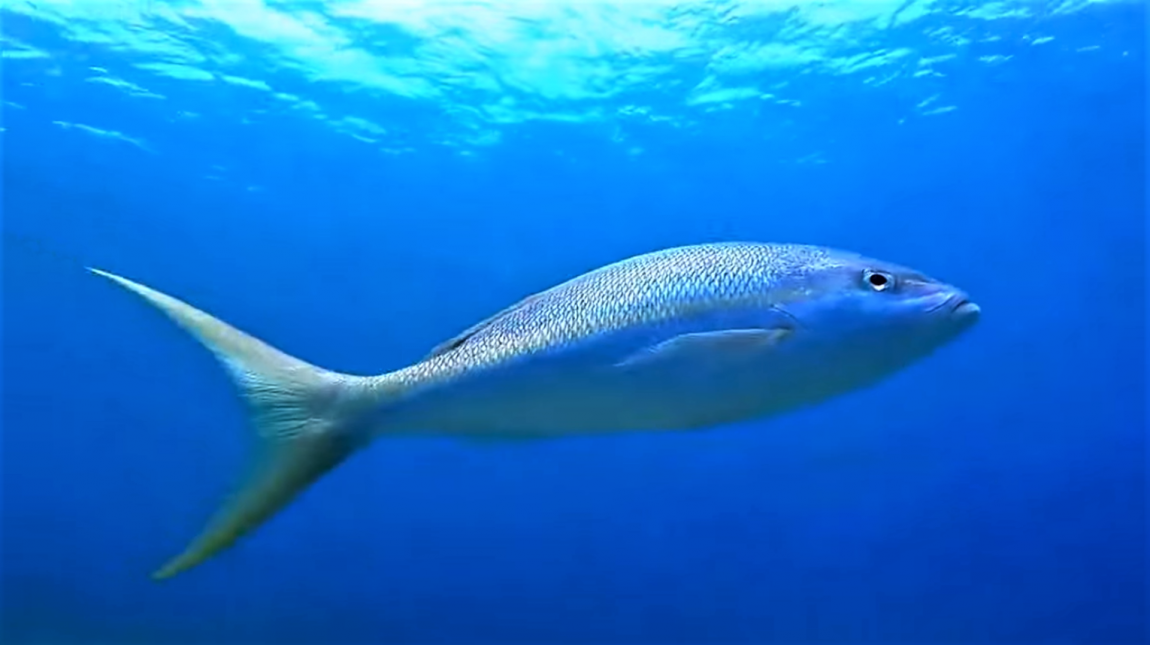
.
MicDiver©
.